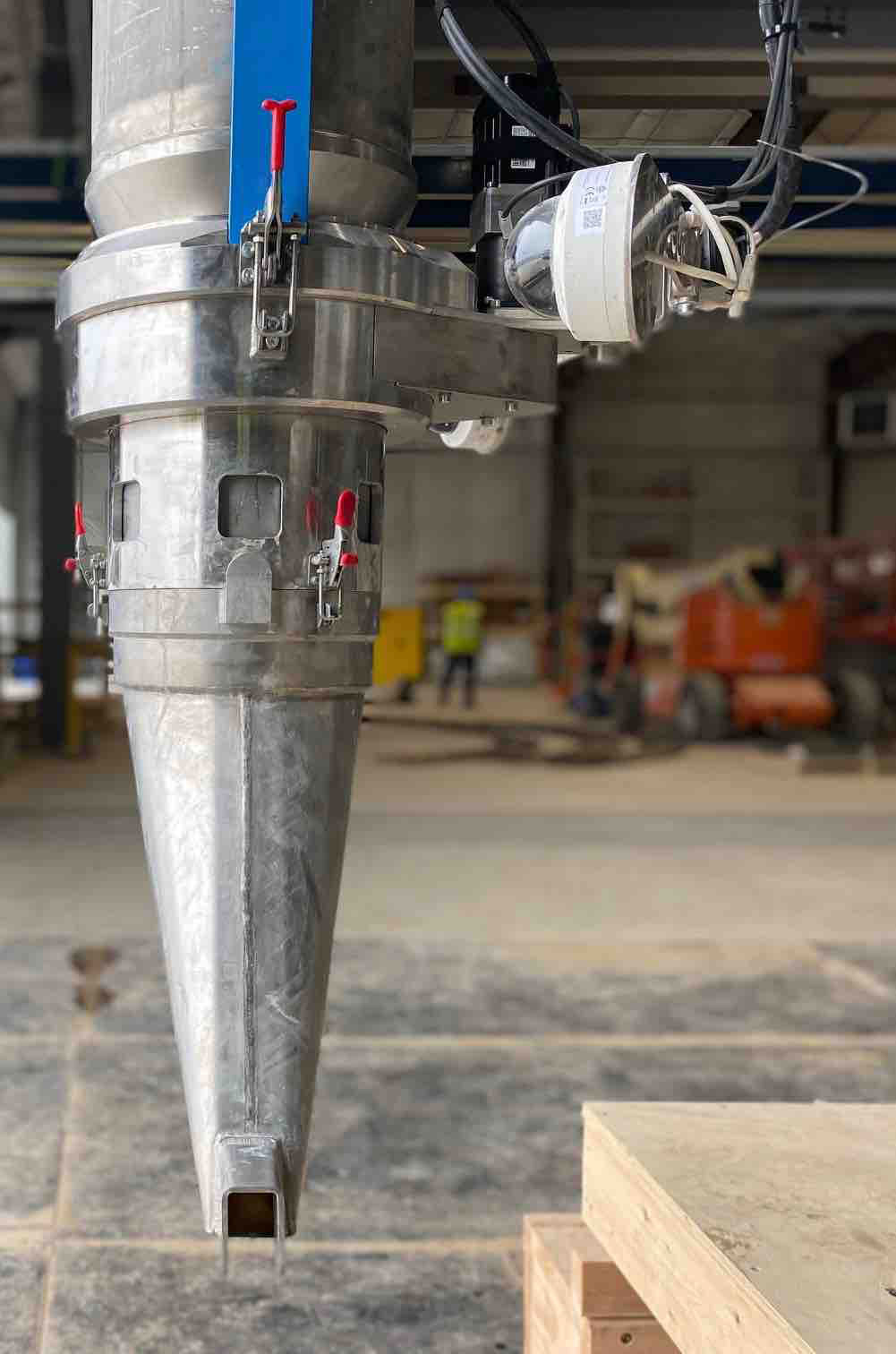Sources: GE Renewable Energy, Paris; CP staff
GE Renewable Energy has inaugurated a Bergen, N.Y. research and development facility equipped to cast up to 20-meter wind turbine base structures with outsized 3D concrete printers. It will enable a 20-member team to optimize such concrete practice with an eye to printing turbine pedestals’ bottom portions on-site, lowering material and equipment transportation costs associated with wind farm developments.
Work at the Bergen facility is supported by a U.S. Department of Energy grant and continues a partnership GE Renewable Energy entered with Cobod International A/S, Denmark-based 3D printing technology developer, and Holcim Group, Switzerland, in June 2020—the latter lending 3D printer ink mix design expertise.

“Innovation will continue to be a key driver in accelerating the energy transition. It is particularly important to continuously improve the ways we design, manufacture, transport, and construct the large components of modern wind farms,” said GE Renewable Energy Chief Technology Officer Danielle Merfeld, addressing participants at an April 21 Bergen ribbon-cutting. “We appreciate the support of the Department of Energy for the research we are doing here and are confident it will help make the wind farms of tomorrow even more efficient, economical, and environmentally responsible.”
“Holcim has a key role to play in accelerating the transition towards clean, renewable energy. We have been studying 3D printing in concrete for nearly a decade and the potential of this technology just keeps expanding. Projects that would have been impossible yesterday are now a reality,” added Holcim Head of Global R&D, Innovation and Intellectual Property Edelio Bermejo. “We are particularly proud to be part of this ambitious project with GE and Cobod where we can propose the right mixture of ink to build more efficient wind turbines, directly on site.”
“The printer we have delivered is second to none … the largest of its kind in the world,” affirmed Cobod General Manager Henrik Lund-Nielsen. “Not only can it print in excess of 10 tons per hour, but in addition, it is the first 3D concrete printer in the world with two X-axes—better described as a multifunctional construction robot than a printer.”

Related articles
LafargeHolcim, GE Renewable Energy turn 3D-printed turbine pedestals